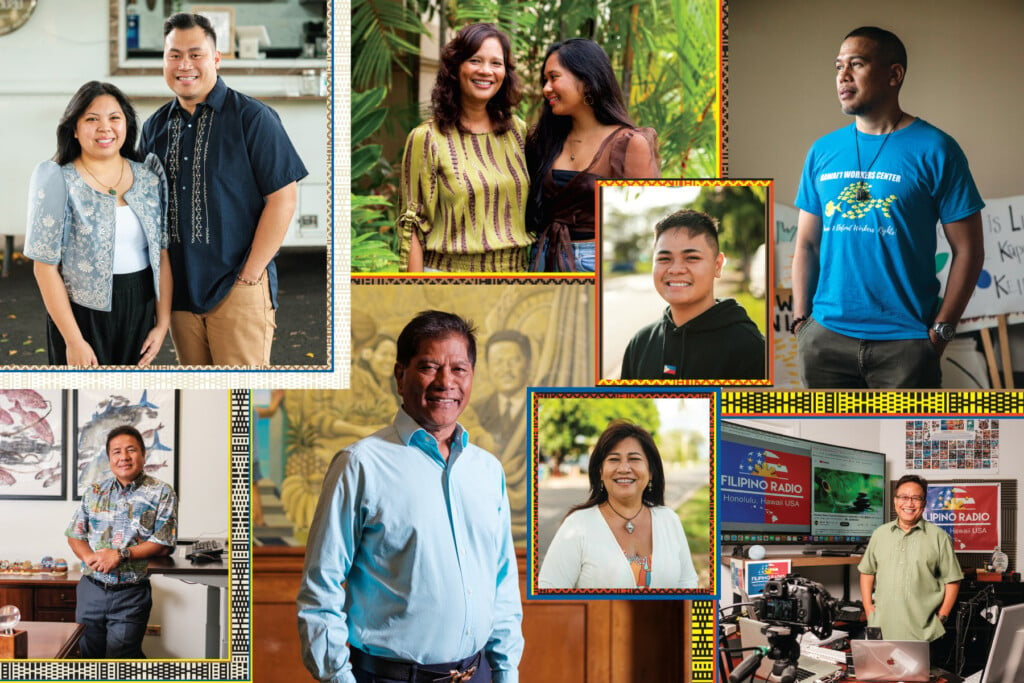Best Practices for Community Engagement
Here's advice from experts in conflict resolution and planning. It's mainly geared toward project leaders and developers, but community members may find it useful.

Engage the community early and frequently.
“The worst thing you can experience, I think, is to have people hear about your development second- or third-hand from someone already in opposition to it,” says Philip Garboden, an affordable housing professor at UH Mānoa. “Because then they’re telling you how terrible this thing is and why won’t you oppose it with me – as opposed to you getting out in front of the messaging and telling them what it’s actually going to look like, taking their comments into account early so it doesn’t seem like a concession but as a mutual building thing.”
Listen more than you speak.
Danya Hakeem is director of innovation, agriculture and circular economy at Elemental Excelerator and has a background in conflict resolution. She says people can tell the difference between someone who is trying to genuinely seek others’ perspectives, expertise and lived experiences and someone who is “talking the whole time, checking a box. People pick up on the difference between the two.”
Community relationships have to matter most.
“If you start from this perspective that the relationships with people on the ground matter, it’ll change your perspective on how you build community engagement,” says Dan Milz, a planning professor at UH Mānoa. A lot of existing community engagement is focused on inviting the community to somebody else’s party, he adds: “If it’s government that’s hosting the party, expecting the people to come, you’re going to get a different dynamic. But if it’s a member of the community hosting that party, and you’re showing up as an invited guest, it changes the dynamic of the conversation, it changes the way people will talk to each other about the problems.”
Consider how accessible your meeting is.
Hakeem says one of the big failures in the community engagement process is that meetings are held at inconvenient times for parents and workers, often with insufficient notice. “There’s just a lot of thought that needs to go into how to make those accessible and available because when you give people one day notice and you book it in the middle of the day, it sends a message to the community that you’re not really that serious about engaging them,” she says. Milz adds that one emerging trend in community engagement is to provide child care so that parents can attend in-person meetings.
Be thoughtful about the language and jargon that you’re using.
You don’t want to create language barriers, Hakeem says. In addition, be mindful of your posture – both your physical posture and how you present yourself in a conversation. Humility and introspection are important, she adds.
Food matters.
“Food can be an incredible equalizer in terms of changing the dynamic, in terms of changing the way people will talk and interact,” Milz says.
You may want to consider paying people to attend.
Milz says many of the people who attend public meetings can afford to be there and to volunteer their time, but those people may also have limited, narrow or biased perspectives on an issue. Providing compensation through gift cards, cash or stipends, he says, is starting to become more common to encourage broader attendance at community meetings.






